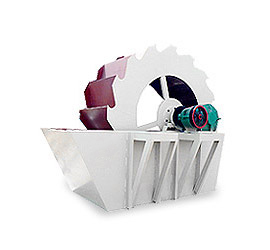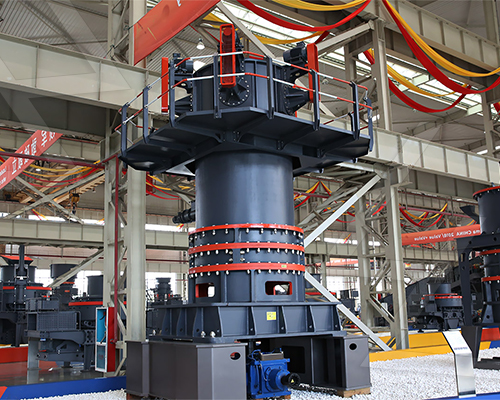A High-Intensity Magnetic Separator (HIMS) on an oratory scale is a compact, benchtop device designed for separating weakly magnetic or paramagnetic materials from non-magnetic ones in small sample volumes. These separators are used in mineral processing, material science, recycling, and research applications.
 Key Features of Oratory-Scale HIMS:
Key Features of Oratory-Scale HIMS:
1. High Magnetic Field Strength
– Typically ranges from 0.5 Tesla (5,000 Gauss) up to 2 Tesla (20,000 Gauss) or more.
– Generated by rare-earth magnets (NdFeB) or electromagnets.
2. Adjustable Parameters
– Variable magnetic intensity (adjustable gap or current).
– Tunable feed rate and particle size handling (<1 µm to several mm).
3. Separation Mechanisms
– Dry Separation: For free-flowing powders (e.g., mineral sands).
– Wet Separation: For slurries (common in mineral processing).
4. Common Types Used in Labs:
– Frantz Isodynamic Separator – Popular for dry mineral separation with adjustable tilt and vibration.
– Rare-Earth Roll Magnetic Separators – For fine-particle dry separation.
– High-Gradient Magnetic Separators (HGMS) – Uses steel wool matrices for ultra-fine particles (<10 µm).
5. Applications:
– Purification of quartz, feldspar, kaolin.
– Removal of iron contaminants from ceramics/glass.
– Recycling of metals from electronic waste.
 Considerations When Selecting a Lab-Scale HIMS:
Considerations When Selecting a Lab-Scale HIMS:
– Sample size capacity (~grams to kilograms).
– Required magnetic field strength based on material susceptibility.
– Need for wet vs. dry processing.
Would you like recommendations for specific models or further details on operating principles?





Leave a Reply